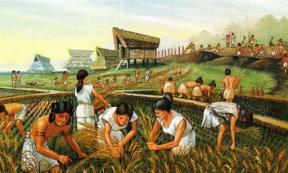Important Events
Here we feature some of the most seminal, historical, and influential events throughout history – both celebrated and unheralded – from the emergence of powerful civilizations and empires, to famous battles, great achievements, and events that have helped shape the world we currently know.







































